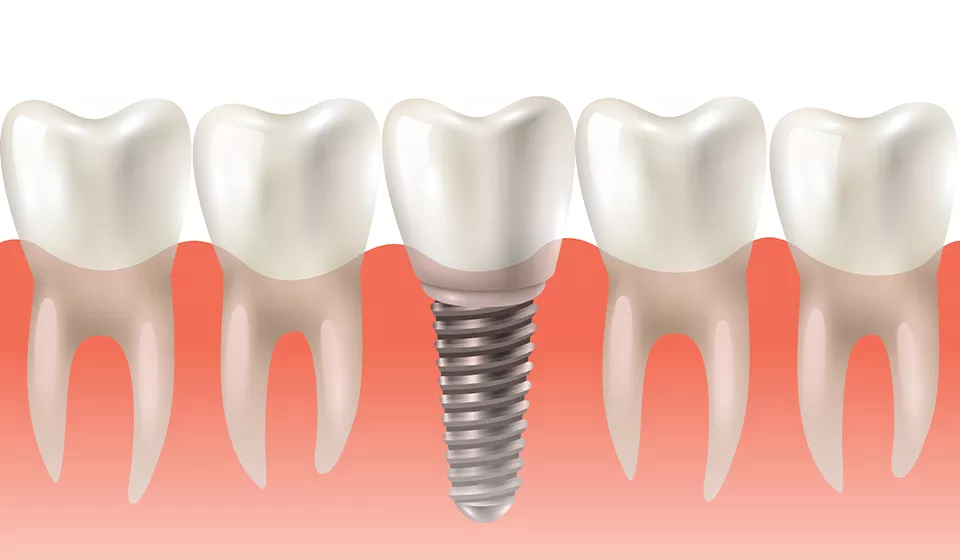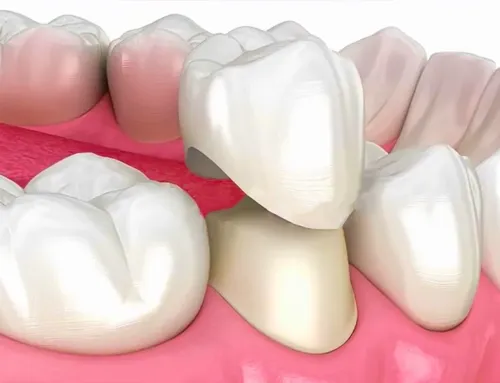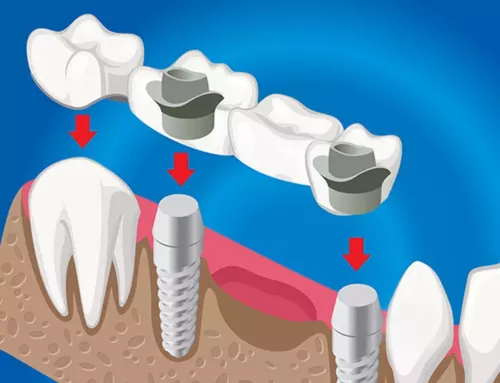Dental Implants in Ashburn have transformed dentistry by providing a durable and practical alternative for people who lack teeth. It is normal to have inquiries and worries concerning the procedure if you are thinking about getting dental implants. To help you prepare, we will walk you through every step of the dental implant procedure, from the initial consultation to the final restoration.
Initial Consultation
A first consultation with a skilled implant dentist is where the road to a new smile starts. Your dentist will assess your dental health and go over your particular requirements and objectives. You should now ask any questions and voice any concerns you might have.
Your jawbone and the tissues around it may be examined using X-rays and 3D imaging. Your dentist can tell if you have enough bone density to support the implant by using these X-rays.
Treatment Plan and Customization
Your dentist will develop a custom treatment plan for your particular case based on the assessment. The number of implants required, the restoration type (crown, bridge, or denture), and the schedule for the treatment will all be explained in this plan.
Implant Placement
Usually, the Dental Implants in Ashburn are placed in stages. A small incision is first made in the gum to access the jawbone. The implant post, made of titanium, is then placed into a drilled hole in the bone. The gum tissue is repaired with stitches covering the implant.
Abutment Placement
A second, very modest surgical procedure is carried out to reveal the implant’s top when osseointegration is finished. The implant and the artificial tooth are joined via an abutment. This procedure is crucial for the implant and the ultimate restoration to be connected securely.
Impressions and Customization of Prosthesis
After the installation of the abutment, your dentist will take imprints of your teeth so that a personalized restoration can be made. For a tooth that is missing, this could be a bridge, denture, or crown. The restoration is created to match the size, shape, and color to provide a flawless integration with your smile.
Final Prosthetic Placement
The restoration will be fastened to the abutment after it is complete. Your dentist will check the fit and alignment of the bite to ensure they are both comfortable. This step may need a few modifications, to get the proper fit.
Post-Treatment Care and Maintenance
It’s crucial to adhere to your Broadlands Family Dentistry dentist’s post-operative recommendations after your dental implant operation is complete. The long-term survival of your dental implants depends on maintaining good oral hygiene and going to checkups on a regular basis. You can maintain the health and longevity of your new teeth by giving them the proper care.
What to Expect During Recovery:
Swelling and Discomfort: In the days after implant insertion or any subsequent procedures, some swelling and pain are typical. To help manage any discomfort, your Broadlands Family Dentistry dentist may offer over-the-counter painkillers or write a prescription for painkillers.
Dietary Restrictions: You might need to follow the food limitations during the early healing phase. Soft foods and beverages are advised to avoid placing too much pressure on the implant areas as they heal.
Healing Time: The time taken for the healing process may vary for every person, but generally speaking, it takes several months for the implants to fully integrate with your jawbone. In order to guarantee the stability and endurance of your dental implants during this time, patience is essential.
Conclusion
The dental implant procedure is a well-organized and efficient way to replace missing teeth and improve your appearance. This method offers a dependable and long-lasting solution, starting with the initial consultation and continuing through each stage, from implant placement to the final prosthetic attachment. Dental implants are a wise investment in your confidence and oral health. Contact Broadlands Family Dentistry in Ashburn for more details.




Leave A Comment